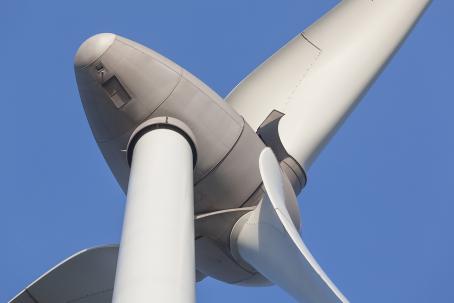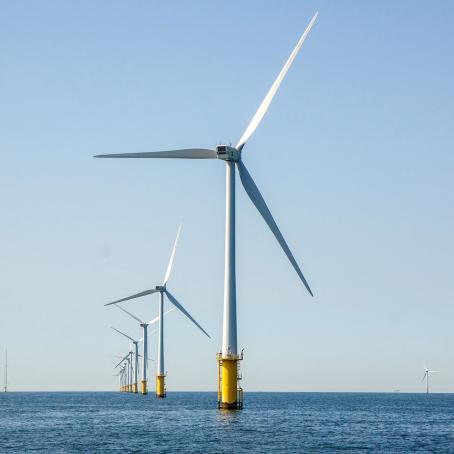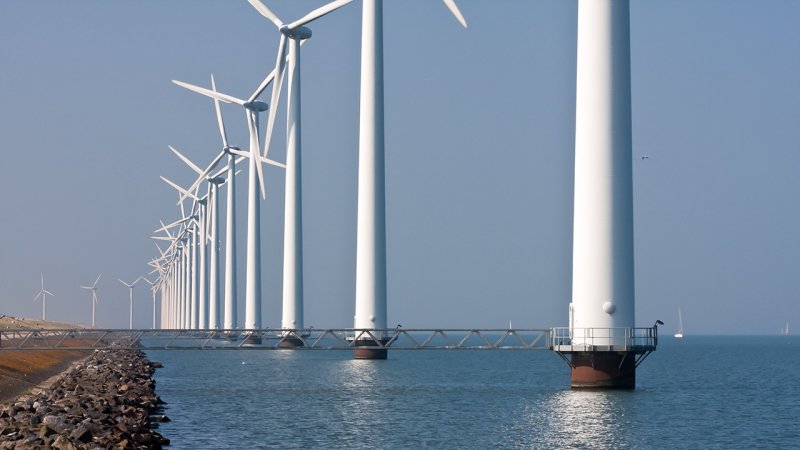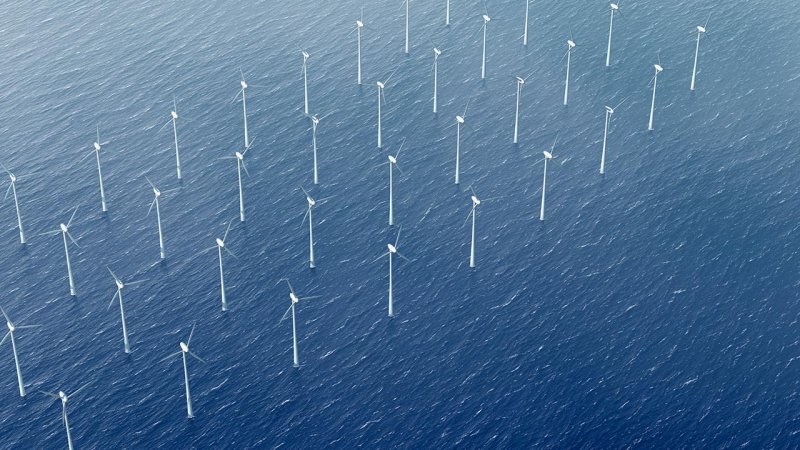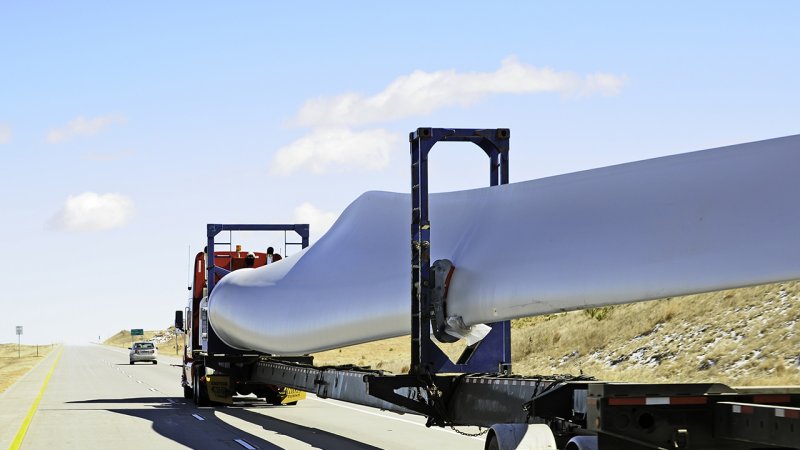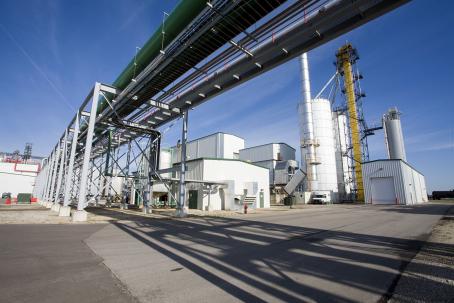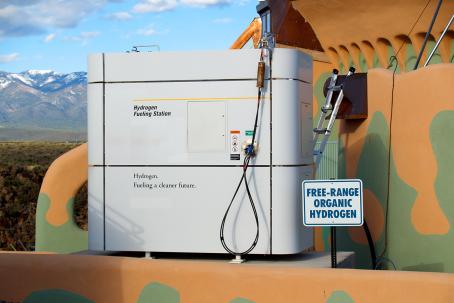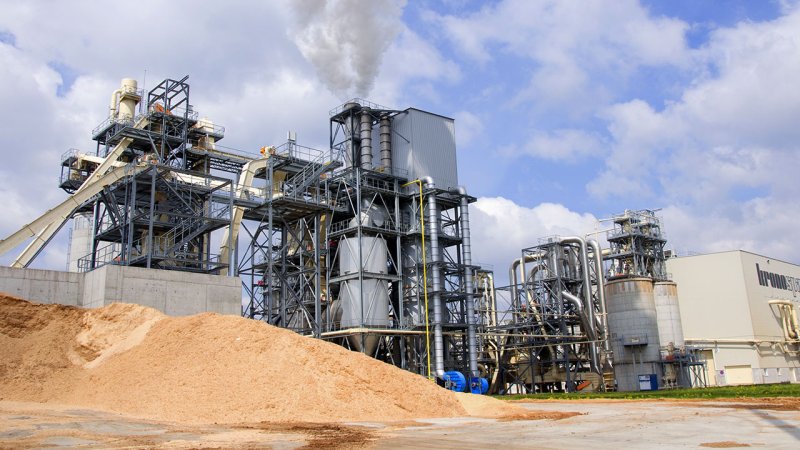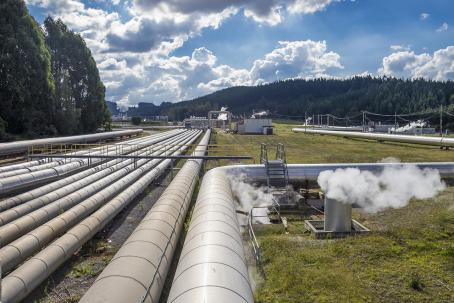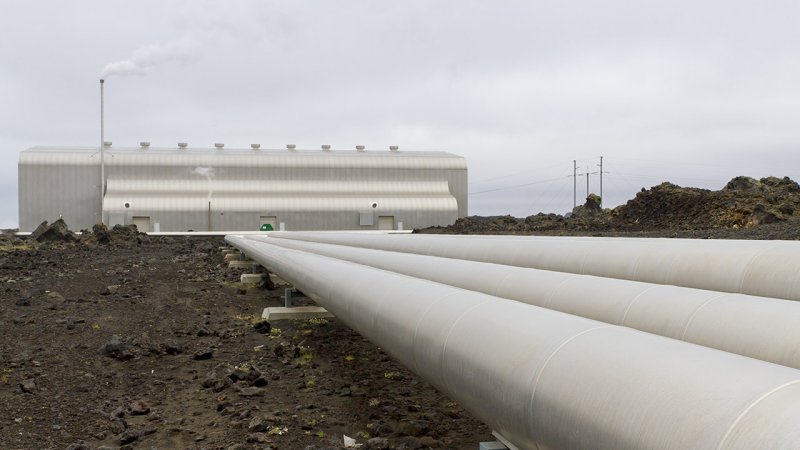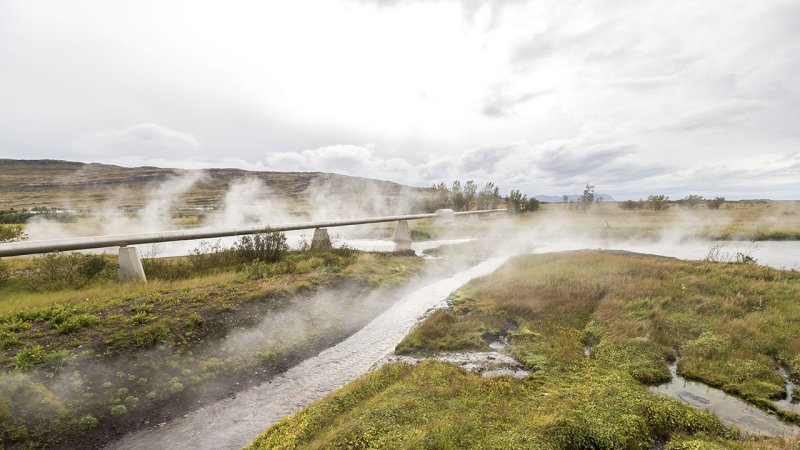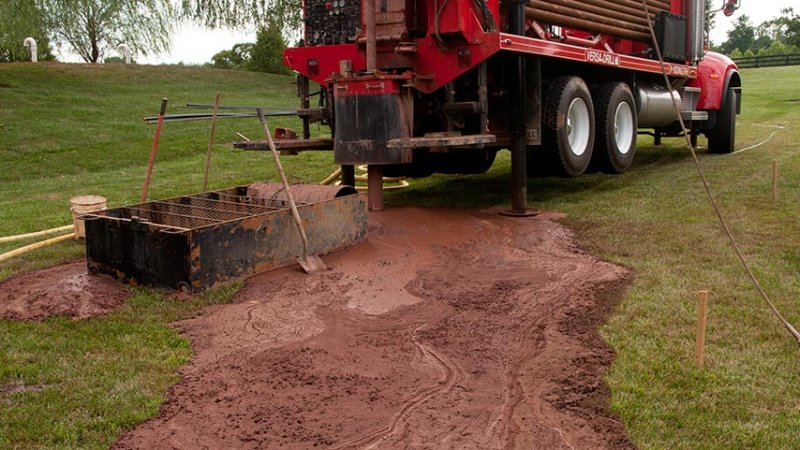
The Future of Renewable Energy Sources
8 min read
Wind Power Development
Harnessing the energy of the wind is very simple and thus it is possible to double the installed capacity of wind turbines every three and a half years. New materials will make new turbines even more efficient and the turbines themselves will gradually move from land to enormous offshore wind farms. Using HVDC (High Voltage Direct Current) cables, most of the wind farms will be interconnected in a giant energetic super grid.
If all the technological potential of the wind were harnessed, it would satisfy the world’s needs seven times over. The installed capacity doubles every three and a half years, although in China it doubles almost every year. By 2035 the overall installed capacity may exceed 1,000 GW. Wind farms will gradually move form onshore wind farms to offshore wind farms where they do not disfigure the landscape as much and where winds are much better. This will come with the improvement of the tower design as it will allow the anchoring of the turbines in ever deeper waters while rotor blade materials will also improve.
With the increasing number of the offshore turbine, mast technologies and their sea-bed mounting are constantly improved.
Currently, there is no breakthrough technology in development that would revolutionize wind power production. Only the existing designs are being further developed. The power output of an average turbine will exceed 10 MW and slowly approach 20 MW. Computer modelling will help develop the optimal blade form and predict its behaviour under extreme weather conditions which occur during storms. New materials will make the blades and towers stronger while reducing their cost.
To attain maximum efficiency, a wind turbine needs to be optimized according to the prevailing conditions on the site where it is to be erected. Long-term and more detailed off-the-ground monitoring will produce better wind charts which will improve optimization results. Improved computer weather forecast models will allow better operation planning at wind farms, whereby increasing their efficiency and longevity.
Wind farms will have to be connected to the existing grid. Aside from strengthening the current grid, a network of HVDC (High Voltage Direct Current) lines will be installed, which will stretch over vast distances, effectively creating a super grid. This super grid will facilitate trading with electricity and relieve local networks. For wind energy storage, compressed air energy storage may be used, the construction of which is simpler than the construction of conventional pumped-storage hydroelectric power plants.
Biomass Power Development
The largest potential in biomass lies in the production of energy from biologically decomposable wastes, followed by energy producing plants grown on otherwise infertile soil. With the shrinking reserves of drinking water reserves in mind, crops with minimal irrigation requirements will be preferred. The production of biofuels from crops has found a serious competitor in genetically altered bacteria, algae and yeasts which directly produce biofuels.
Extracting energy from Biomass may be divided into two basic categories: conventional biomass and biomass product combustion, and the production of biofuels.
Since peak petroleum production is drawing near and since transportation will demand a growing share of the worldwide energy production, it is a good idea to look for renewable alternatives for liquid fuels. Biofuel production might quadruple by 2035, whereby it would cover about 8% of the demand in transportation (as compared to the current 3%). The main consumers and producers will remain the same; the USA, Brazil and the EU. The development in biofuels will reduce the energy dependence on external sources as any country would rather rely on its own fuel production than on imports. Biofuels are also a great hope for the aviation industry where there are not many other alternatives besides biofuels.
Burning biomass will continue to be helpful, especially in industrial heat production applications. The greatest potential in biomass production can be seen in wastes, but wastes alone are not enough. To produce enough biomass, agriculture and forestry must be included.
By 2035 biomass could potentially yield between 200 and 500 EJ, but it will be practical to produce only about 50—250 EJ.
The advantage of transportation based on hydrogen basis, aside from energy gain, is a fact that only ordinary water is produced during its combustion.
To make biomass more competitive, the energy extraction process must be made more efficient. Also, biomass should not compete with food crops for soil. Ideally it should be grown on otherwise infertile soil from non-food crops. The choice of crop will depend on the type of landscape and on the availability of water which will be a key factor in biomass energy production development. Preferentially, crops that will require minimal amounts of water will be used.
A great potential in biomass production could be unlocked thanks to genetic modification. GM crops can be altered to require less water and to produce greater amounts of dry matter more quickly than their natural counterparts. Also microscopic organisms can be modified to produce biofuel that is ready to use, without any further processing or refining.
The first step has already been made and a genetically modified Escherichia Coli bacterium produces an enzyme that breaks cellulose and sugars. The sugar is consumed by the bacterium and its new metabolic process causes it to excrete biofuel as unsaturated fatty acid esters. Biofuel is lighter than water in which the bacteria live so it is easily collected from the water surface in the bioreactor. For now, the mutated bacteria are able to produce long carbohydrates that can replace diesel or jet fuel. The production of short carbohydrates (gasoline) has yet to be developed. The yield factor is just 10%, but scientists are confident they can soon get to 80% and make the bacteria insusceptible to biodiesel-rich environments.
Genetically modified bacteria can also be made to produce hydrogen from glucose at temperatures around 80 °C. The newest strain of these anaerobic bacteria is already somewhat oxygen tolerant that makes it much easier to use. Next in line are mutated yeasts (which already implement ethanol production in their natural metabolism), algae and moulds.
Geothermal Power Development
No big changes are expected in geothermal energy production and neither is any big growth. The increasing efficiency of bores and geological surveys will however open the option of using this power source to more countries.
At the same time, it will be necessary though, to perfect surveys of geothermal hotspots and of characteristics of bedrock that is being bored into. If source quality prediction improves, risks connected with building a geothermal power plant will diminish and the number of investors willing to bet on this technology will increase.
All of the world’s geothermal sources are capable of producing 140 EJ yearly and to satisfy the demand of approximately 8% of the world’s population.



